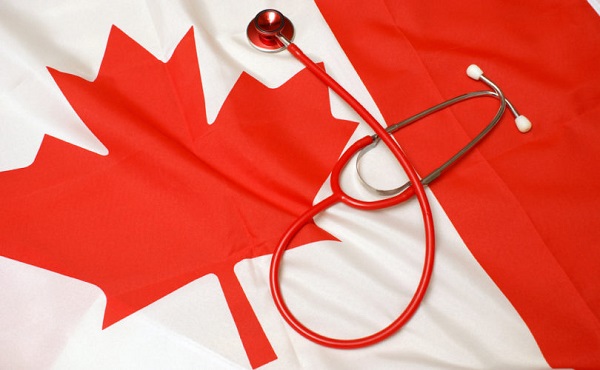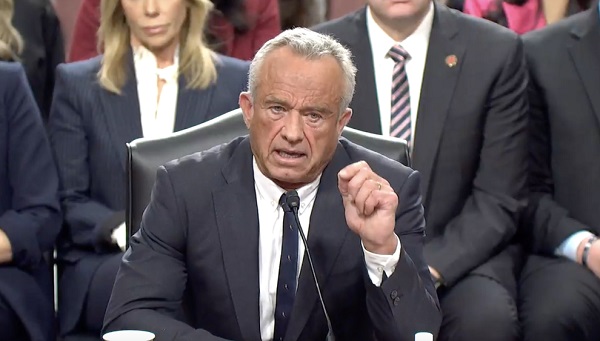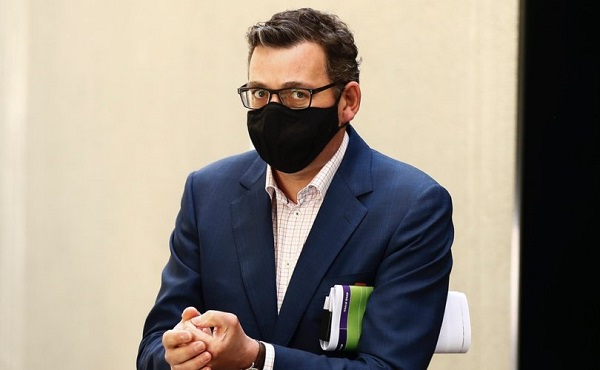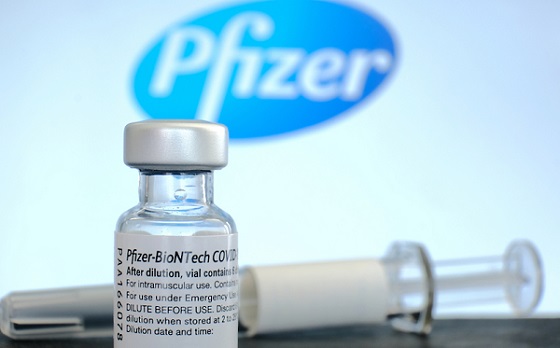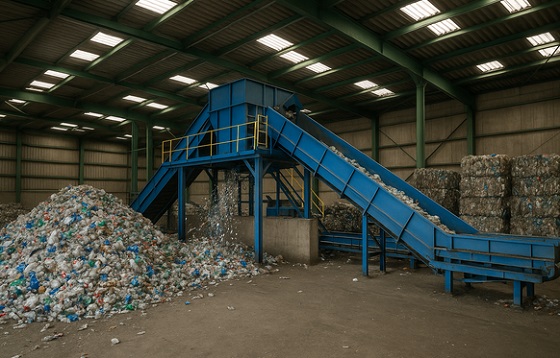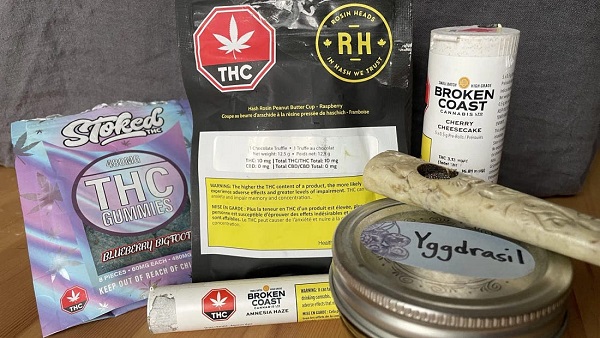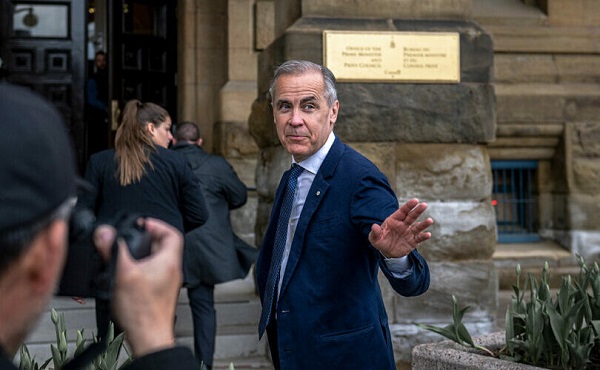By Clare Marie Merkowsky
Canada’s health system crisis continues as a new report shows over 3.2 million citizens are stuck waiting for basic care including surgeries, diagnostic scans and appointments with specialists.
Millions of Canadians seeking healthcare have been waitlisted, according to most recent reports.
In an October 24 press release, Canadian think tank SecondStreet reported that over 3.2 million Canadians are still waiting to receive basic healthcare, including surgeries, diagnostic scans and appointments with specialists.
“Despite record health spending by provincial governments to reduce wait times, improvements to waiting lists have been quite sluggish,” said Harrison Fleming, Legislative and Policy Director at SecondStreet.org.
“With more than three million Canadians waiting today – nearly the same number since Canada came out of the pandemic – it’s clear that throwing money at the problem isn’t the answer,” he continued. “Copying policies that work well in universal systems in Europe could help.”
SecondStreet further revealed that their data is incomplete since neither Yukon or Prince Edward Island provided data, meaning the actual number of Canadians awaiting health care is likely closer to 5.1 million patients, or about one in eight Canadians.
According to the data, wait times in Saskatchewan have improved since the “pandemic” as both the number of patients waiting for surgery and diagnostic scans have dropped 22% and 11% respectively.
In Ontario, residents saw surgical waitlist volumes decrease 19%, while diagnostic waitlist volumes rose 32%.
Quebec’s numbers saw a greater improvement, as the province witnessed a 42% decrease in diagnostic waitlist volumes while only a 4% increase in surgical waitlist numbers.
The Maritime provinces provided little to no data, with New Brunswick only reporting a 2% increase in surgery wait times and Newfoundland reporting a 31% drop in diagnostic waitlists. Similarly, Nova Scotia saw a 33.5% drop in those waiting for surgery.
At the same time, British Columbia’s surgical waitlist volume has increased 10%, while 204,737 patients are on waitlists for MRIs, CT Scans, colonoscopies, and other GI endoscopies.
Additionally, Alberta’s surgical and diagnostic waitlists increased 4% and 3% respectively, leaving nearly 200,000 patients waiting for surgical and diagnostic care. However, the province explained that their new data drew from a larger pool of health providers than previously provided.
Finally, in Manitoba, the number of people waiting for surgery and to receive a diagnostic scan increased over 16% to a total of 76,021.
The continued problem with long waits for care comes after years of reports that the medical systems of Canadian provinces are woefully understaffed compared to the population. In May, data revealed that Ontario will need 33,200 more nurses and 50,853 more personal support workers by 2032 to fill the ongoing shortages, figures Premier Doug Ford’s government had asked the Information and Privacy Commissioner to keep secret.
Many have pointed to the fact that the crisis was exacerbated when provinces began levying COVID vaccine mandates as a condition of employment for healthcare workers. While the official number of nurses and other workers relieved of their duties for refusing to take the experimental injections remains uncertain, Raphael Gomez, director of the Centre for Industrial Relations and Human Relations at the University of Toronto, told CTV News that as many as 10 percent of nurses in Ontario, the nation’s most populous province, either quit or retired early as a result of the mandates.
Officials tried to justify the mandates by claiming that the unvaccinated were “unprotected” from COVID while the vaccinated were believed to have immunity from the virus. However, there is overwhelming evidence that the COVID vaccine does not prevent transmission and can also cause a plethora of negative side effects.
Similarly, in February, Health Canada revealed that Canada was short 89,995 doctors, nurses and other front line health care workers, which is double the rate from 2020 before COVID vaccine mandates were imposed.
Currently, wait times to receive care in Canada have increased to an average of 27.7 weeks, leading some Canadians to despair and opt for euthanasia instead of waiting for assistance. At the same time, sick and elderly Canadians who have refused to end their lives via MAiD have reported being called “selfish” by their providers.
Related
